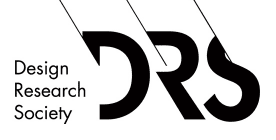contributions
Pluriversal design and desire-centered design
LEITAO Renata M.
OCAD University
rleitao@faculty.ocadu.ca
Presentation
PUBLICATION
In this paper, I argue that a Pluriversal Design, which aims to nurture alternative models of life, is necessarily desire-centered, in contrast with needs-centered Design approaches. Desire-centered approaches are particularly meaningful to communities outside the center of colonial modernity —such as Indigenous, Afrodescendant, and peasant groups — who have been struggling against poverty, violence, and oppression. Because they face enormous problems and injustice, social designers tend to focus on their needs and damages. However, centering collaborative relationships on people’s baseline or material needs is detrimental and disempowering. Moreover, I argue that the most basic human need is the possibility of flourishment—of achieving fulfillment. I am not suggesting, however, that desires are always good. On the contrary, desires are complex and can be destructive. I suggest that it is fundamental to bring desires to the light, examine them, become aware of their nature, and actively engage with them to generate new possibilities and alternatives. In this paper, I offer reflections on the nature of desire that can be useful to designers who wish to contribute to the creation of a world of many centers.
Desire; needs-centered approaches; Pluriverse; Social Design
About the Author(s)
Renata M. Leitão, Ph.D. is a Brazilian/Canadian social change-focused design researcher. Most of my research practice evolved in close collaboration with Indigenous cultural stewards. Notably, in my doctoral research, I conducted a five-year (2012-2017) Participatory Action Research project in collaboration with members of the Atikamekw Nation (Quebec, Canada). My main research interest is in how the practice of design might support the self-determination of Indigenous, Afrodescendant and subaltern communities.

